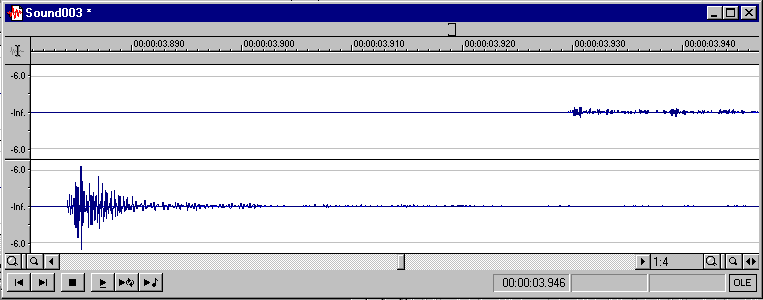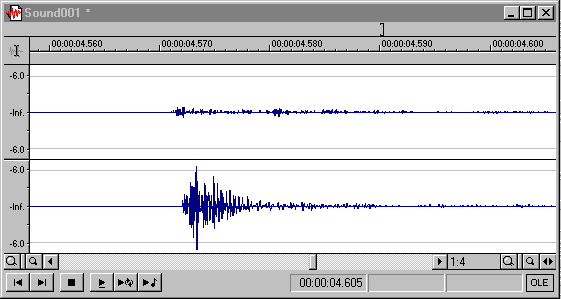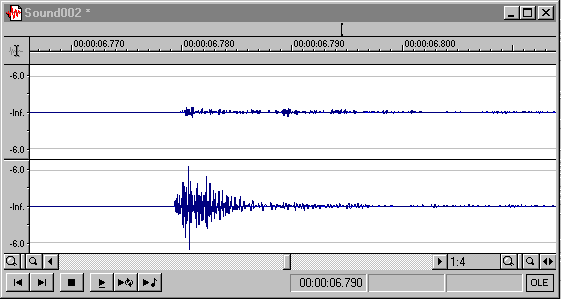Matthew Heydman's
Digital Audio
Resource Pages
|
DA-P1 Tech. Info HD-P2 Battery System D.I.Y. Projects Matrix Recording Tips |
|
Suggestions for live soundboard/microphone matrix recordings
In a nightclub, a live recording off a mixer generally sounds quite dry and lacks the ambience of the room where the performance is taking place. Recording with microphones is an option, but this recording lacks the clarity of a board recording. A third (and best, IMO) option is to utilize both of the prior methods. However, when recording both of these signals simultaneously, the microphone recording will be out of sync with the board recording because of the time it takes for the sound to reach the microphones from the speakers. Although this amount of time is generally less than a tenth of a second, it can affect the sound of the recording. Try listening to hi-hat on a recording made this way- in many instances you'll hear each hit of the hi-hat twice- once from the board recording and once from the mics. One way to handle this situation is to insert a very short stereo delay on the board signal before it reaches the tape. This is really difficult to accomplish in a live situation because it requires careful monitoring with headphones and it can be difficult to find the correct delay time. If a multitrack recorder is used, we can just record both stereo signals (4 tracks) and worry about the delay later. Even so, setting the delay time can be tricky. We're talking delay times of usually 30 to 80 milliseconds. With SoundForge (or your choice of audio editing software), we can discover the delay time very easily. This diagram shows the waveforms of a microphone recording (top) and a board recording (bottom). This is a visual representation of two drum sticks being clicked together (to count off a tune). Both these signals were recorded simultaneously. The delay between the two is readily apparent- The peaks in the waveform indicate the actual click of the sticks. If both signals were in sync, these peakes would be aligned. When the space between these two peaks is highlighted, we can determine that the length of the selection is roughly .046 seconds long- 46 millseconds. |

| The next step is to delay the board signal so that it is in sync with the microphone signal. With a delay set to 46 milliseconds, the two waveforms come much closer to being in sync: |

| However, the microphone signal is now slightly before the board signal by less than a millisecond. Depending on how it sounds, this might do the trick. Adjusting the delay by 1 millisecond (to 45ms) places the board signal slightly before the microphone signal, as pictured here: |

| Can the human ear/brain differentiate the difference between the two scenarios above? A better question might be, Can your ear/brain tell the difference? If so, then one might sound better than the other. Either way, this whole process can be done using SoundForge in a minute or two, whereas manually trying different delay times could take an hour or two. |